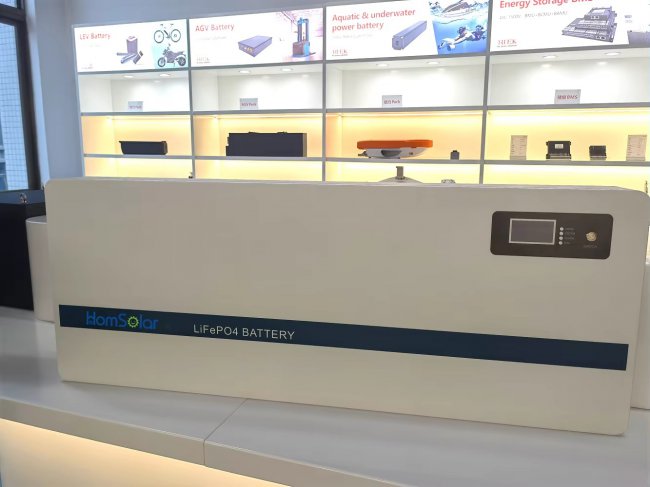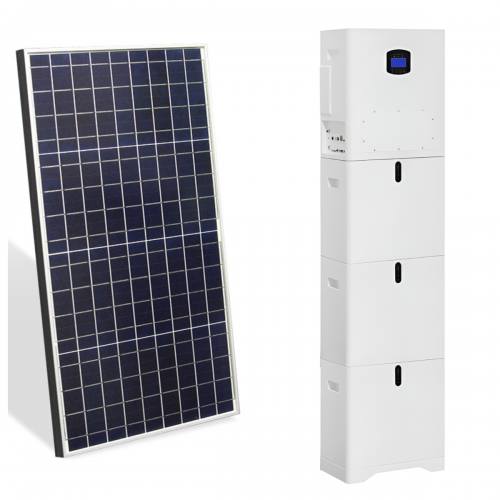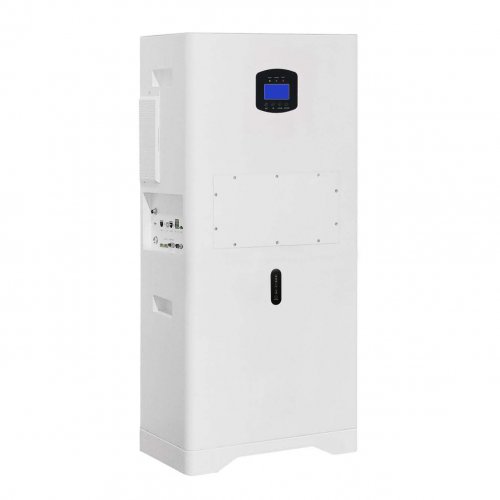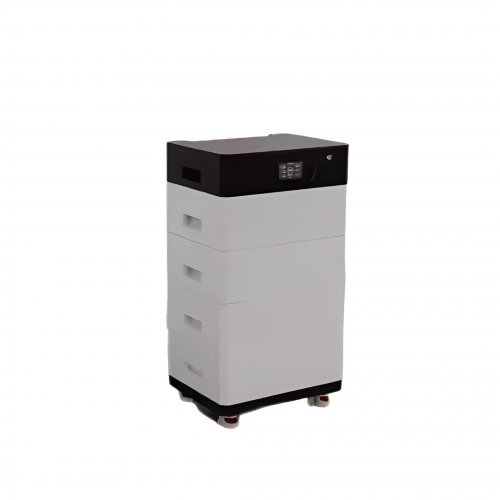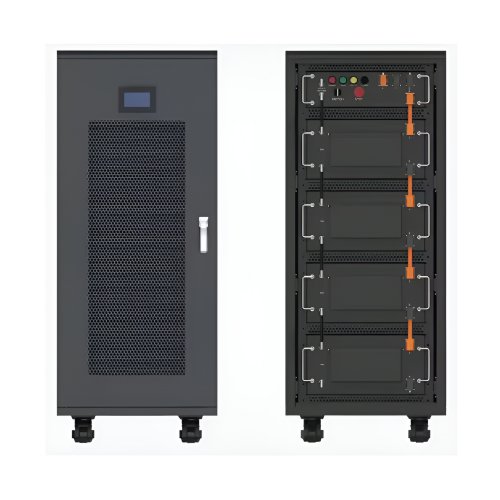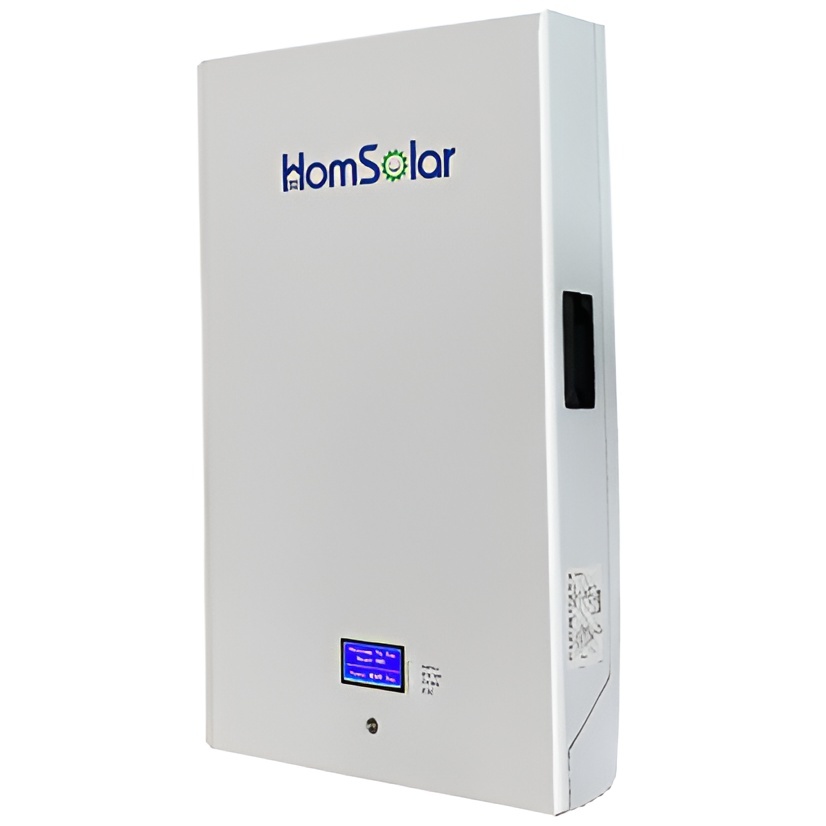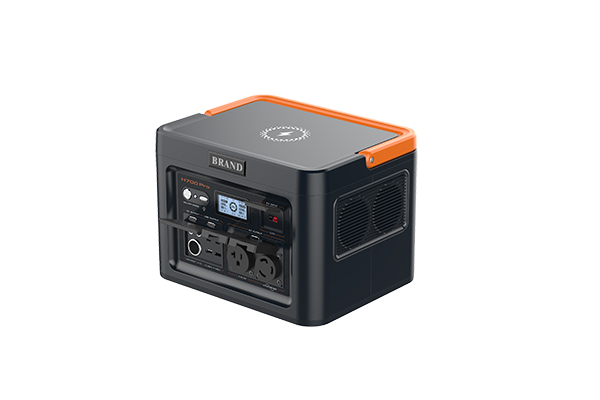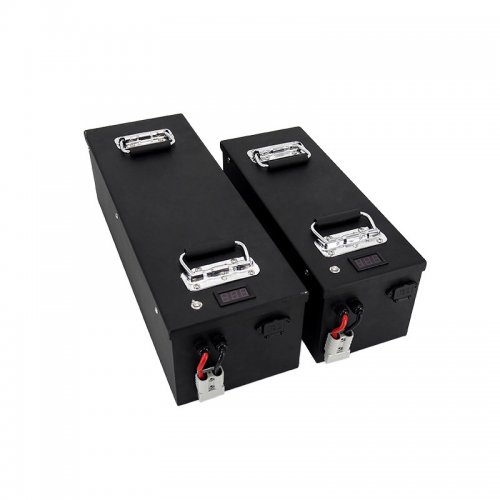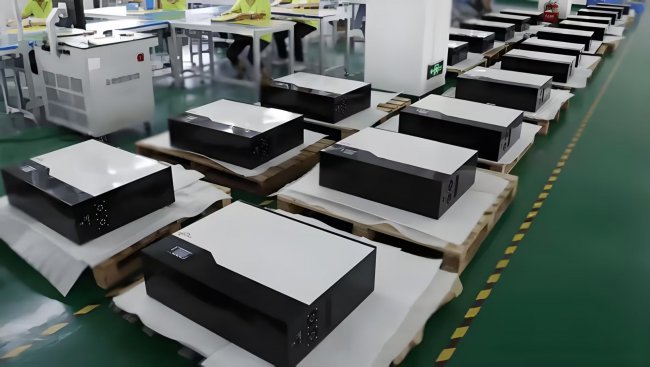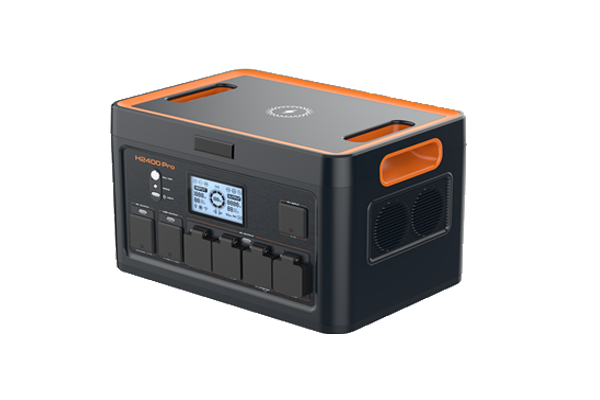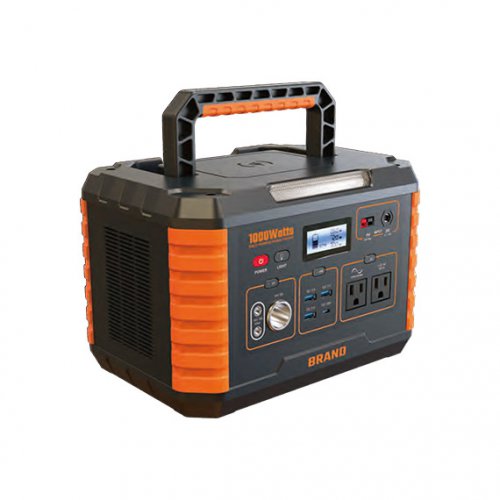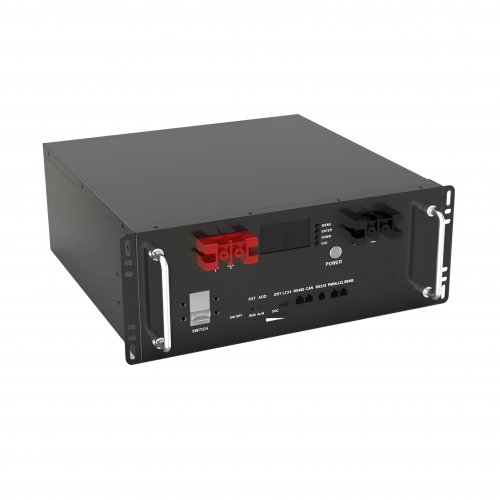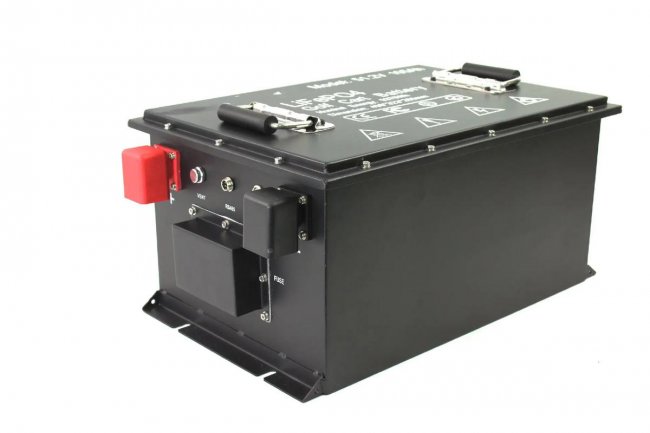Battery Safety News: Emerging Technologies And Regulatory Shifts Reshape Industry Standards
The global push toward electrification has placed battery safety under unprecedented scrutiny. With lithium-ion batteries powering everything from smartphones to electric vehicles (EVs) and grid-scale storage systems, recent incidents involving thermal runaway, fires, and recalls have spurred urgent action from manufacturers, regulators, and researchers. This article examines the latest developments, evolving trends, and expert insights shaping the future of battery safety.
1. Solid-State Batteries Gain Traction Toyota and QuantumScape have announced breakthroughs in solid-state battery technology, which eliminates flammable liquid electrolytes—a major cause of thermal runaway. Toyota plans to commercialize solid-state EVs by 2027, while QuantumScape’s partnerships with Volkswagen signal growing industry confidence. Analysts predict the solid-state market could surpass $6 billion by 2030, driven by safety and energy density advantages.
2. New Regulatory Frameworks The U.S. National Highway Traffic Safety Administration (NHTSA) proposed stricter EV battery safety standards in Q1 2024, mandating real-time monitoring systems to detect thermal anomalies. Meanwhile, the EU’s updated Battery Regulation (2023/1542) requires comprehensive lifecycle tracking, including carbon footprint disclosures and safety testing protocols for second-life applications.
3. Recall Waves and Mitigation Strategies GM’s recall of 140,000 Bolt EVs (2020–2023) over fire risks and Samsung SDI’s recent battery plant shutdown following a fire underscore persistent challenges. In response, companies are investing in AI-driven diagnostics. For example, Tesla’s Battery Day 2024 highlighted machine learning models that predict cell degradation with 95% accuracy, enabling preemptive maintenance.
1. AI and Predictive Analytics Artificial intelligence is revolutionizing battery management systems (BMS). Startups like Twaice and Accure leverage AI to analyze operational data, identifying early signs of failure. “Predictive analytics can reduce safety incidents by up to 40%,” says Dr. Elena Petrova, a battery researcher at MIT.
2. Recycling and Second-Life Protocols As retired EV batteries repurpose for energy storage, safety risks escalate due to inconsistent degradation. The U.S. Department of Energy’s $192 million funding for recycling R&D aims to standardize testing. Redwood Materials’ new facility in Nevada exemplifies efforts to recover materials safely while minimizing thermal hazards.
3. Material Innovations Silicon anodes and sulfur cathodes promise higher safety margins than traditional lithium-ion chemistries. Sila Nanotechnologies’ silicon anode, adopted by Mercedes-Benz, reduces dendrite formation—a key fire risk. However, scalability remains a hurdle, notes Dr. Mark Johnson of Argonne National Lab: “Novel materials must balance safety, cost, and production volume.”
Battery safety is no longer an afterthought but a cornerstone of the energy transition. From solid-state breakthroughs to AI-powered BMS, the industry is adopting multi-layered strategies to mitigate risks. Yet, as innovation accelerates, collaboration between policymakers, manufacturers, and end-users will determine whether safety keeps pace with demand.For further updates, follow regulatory filings and whitepapers from leading research institutions, including the Fraunhofer Institute and the U.S. National Renewable Energy Laboratory (NREL).
Customized/OEM/ODM Service
HomSolar Supports Lifepo4 battery pack customization/OEM/ODM service, welcome to contact us and tell us your needs.


HomSolar: Your One-stop LiFePO4 Battery Pack & ESS Solution Manufacturer
Our line of LiFePO4 (LFP) batteries offer a solution to demanding applications that require a lighter weight, longer life, and higher capacity battery. Features include advanced battery management systems (BMS), Bluetooth® communication and active intelligent monitoring.

Customised Lithium Iron Phosphate Battery Casing
ABS plastic housing, aluminium housing, stainless steel housing and iron housing are available, and can also be designed and customised according to your needs.

HomSolar Smart BMS
Intelligent Battery Management System for HomSolar Energy Storage System. Bluetooth, temperature sensor, LCD display, CAN interface, UART interface also available.


Terminals & Plugs Can Be Customized
A wide range of terminals and plugs can be customised to suit the application needs of your battery products.

Well-designed Solutions for Energy Storage Systems
We will design the perfect energy storage system solution according to your needs, so that you can easily solve the specific industry applications of battery products.



About Our Battery Cells
Our energy storage system products use brand new grade A LiFePO4 cells with a battery lifespan of more than 4,000 charge/discharge cycles.



Applications in Different Industries
We supply customized & OEM battery pack, assemble cells with wiring, fuse and plastic cover, all the cell wires connected to PCB plug or built BMS.
Applications: E-bike, Electric Scooter, Golf Carts, RV, Electric Wheelchair, Electric Tools, Robot Cleaner, Robot Sweeper, Solar Energy Storage System, Emergency Light, Solar Power Light, Medical Equipment, UPS Backup Power Supply.
We can provide you with customized services. We have the ability to provide a vertical supply chain, from single cells to pack/module and to a complete power solution with BMS, etc.


HomSolar (Shenzhen) Technology Co., Ltd







